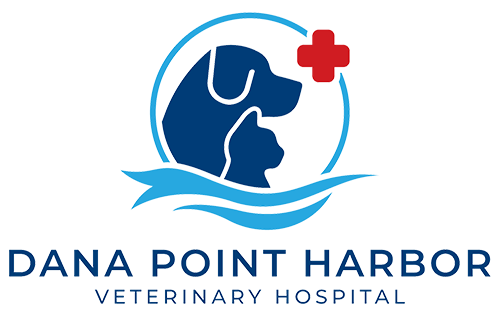Library
-
Many dogs routinely greet people by jumping up on them. Jumping up can cause a person to be frightened or even injured. All dogs can be trained to greet people in a calm manner. Training should focus on rewarding desired behavior while being careful not to inadvertently reward the undesirable jumping behavior.
-
There are numerous reasons that a dog might soil the house with urine and/or stools. Determining the specific reason is essential for developing a treatment program. Dogs that soil the home continuously or intermittently from the time they were first obtained may not have been properly house-trained.
-
Urine marking is normal in both male and female dogs and can even occur in dogs who are spayed or neutered. The underlying cause for urine marking should be determined so that an appropriate treatment plan can be implemented. Management, prevention, and supervision are important for a good outcome.
-
Some dogs exhibit signs of distress when they are left alone. Separation related behaviors include vocalizing, panting, pacing, and house soiling. Treatment includes behavior modification and, in some cases, medication.
-
Dogs often steal objects to play with them or to get someone to chase them. Stealing thus becomes rewarding to the dog. Supervision to prevent stealing is the best strategy. It is important to refrain from chasing your dog to retrieve stolen goods. Dogs can be trained to give back stolen items.
-
Urination during greetings occurs due to emotional conflict. The behavior may reflect submissive behavior or excitement but as is largely involuntary. Punishment is contraindicated. Treatment includes teaching dogs to greet calmly and teaching people to avoid assertive gestures.
-
What is normal and what is not? The answer is: when the behavior is harmless or just annoying, it is probably normal. When the behavior is destructive, disruptive, or places people or other pets at risk, it is not normal. Addressing the problems early, before they become ingrained, is the best hope for avoiding future problems. Dogs will be dogs, but people are still ultimately responsible for them.
-
Chewing is a normal behavior for puppies and adult dogs, but it can be unsafe when non-food items are ingested. Supervision combined with ample access to appropriate, appealing chew toys can prevent and reduce inappropriate chewing. In some cases, destructive chewing is abnormal and may reflect an underlying physical or behavioral illness. Consult your veterinarian if you are concerned.
-
Dogs dig for a variety of reasons. It may be done to accomplish a goal that, to a dog, is reasonable, but it can also be a sign of an underlying behavior disorder. This handout describes the most common causes of destructive digging and methods that can be used to manage it.
-
Many veterinarians, including nutritionists and behaviorists, believe it is important for dogs and cats to express their natural foraging and hunting behaviors. For pets living indoors, this can be difficult, and the lack of this stimulation can sometimes lead to behavior problems. Enriching a pet's environment with food toys and puzzles at mealtimes can fulfill the need to forage. The use of toys, puzzles and other novel methods of food delivery can also be effective ways to increase daily movement in overweight or inactive pets.












